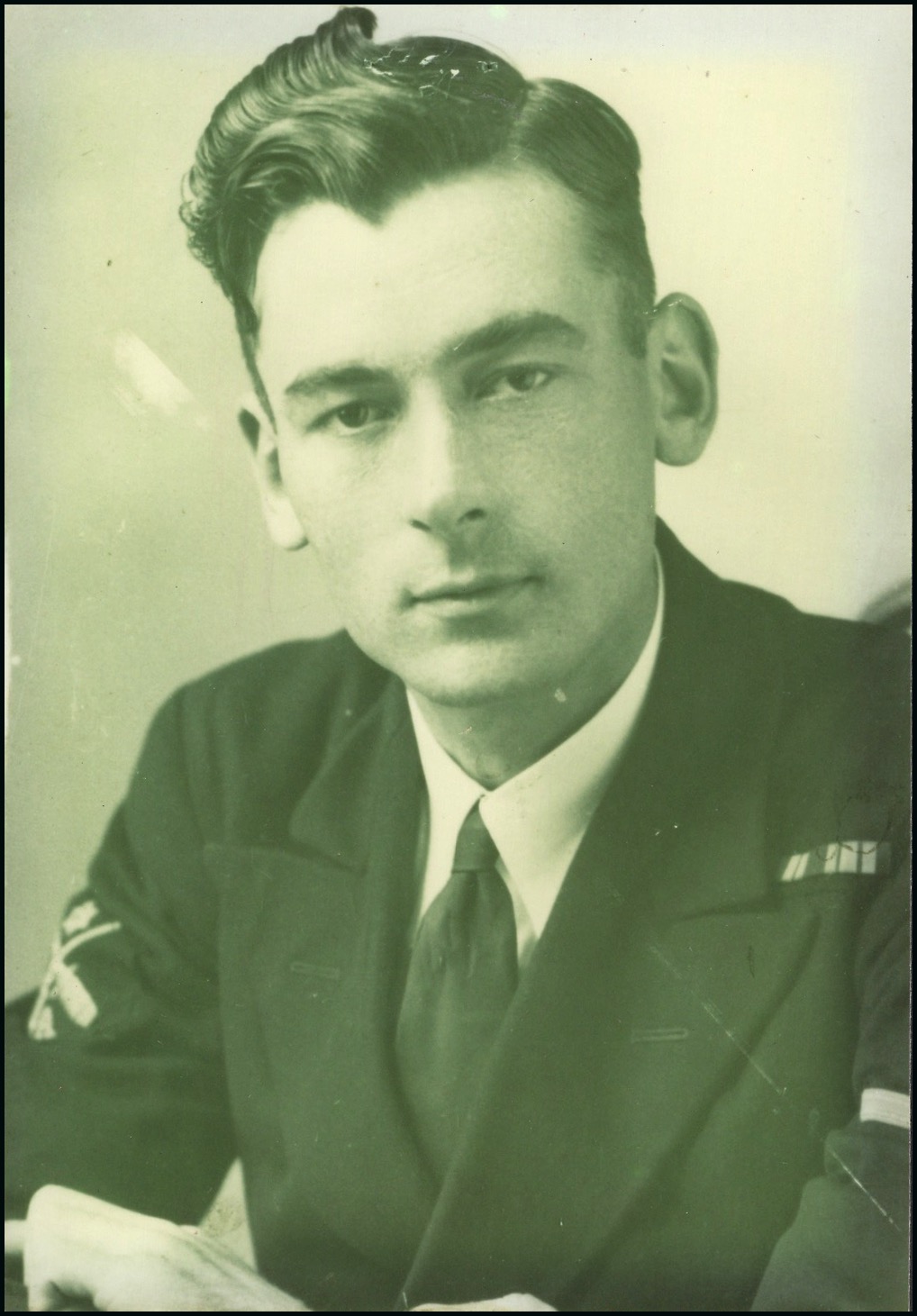The notable Second War D.S.M. group of eight awarded to Petty Officer V. R. Crisp, Royal Navy, for his gallantry as an Oerlikon gunner in Lord Mountbatten’s famous command H.M.S. Kelly at the time of her loss to enemy aircraft off Crete in May 1941 Distinguished Service Medal, G.VI.R. C/JX.141619 V. R. Crisp. A./L./Smn., H.M.S. Kelly) impressed naming; Naval General Service 1915-62, 1 clasp, Palestine 1936-39 (JX.141619 V. R. Crisp, A.B. R.N.); 1939-45 Star; Atlantic Star; Africa Star; Defence and War Medals 1939-45; Imperial Service Medal, E.II.R. (Victor Robert Crisp) mounted as worn, extremely fine (8) £3,000-£4,000 --- Importation Duty This lot is subject to importation duty of 5% on the hammer price unless exported outside the UK --- --- Provenance: Bonhams, December 1999. D.S.M. London Gazette 8 January 1942: ‘For outstanding gallantry, fortitude and resolution during the Battle of Crete.’ The original recommendation states: ‘[For] courage and devotion to duty in continuing to fire the starboard Oerlikon gun up to the last possible moment when H.M.S. Kelly was sunk by 24 Ju. 87 dive bombers and for being instrumental in bringing down one Ju. 87 and in badly damaging another.’ Victor Robert Crisp was born at Forest Gate, London on 15 December 1918 and entered the Royal Navy as a Boy 2nd Class in May 1934. An Able Seaman in H.M.S. Garland on the outbreak of hostilities in September 1939 - in which ship he had witnessed active service off Palestine - he removed to another destroyer, the Wolsey, in January 1940. The Wolsey was heavily engaged off France in May-June 1940, delivering demolition teams, bombarding the enemy ashore, and embarking refugees and troops at Calais. It was however in Operation ‘Dynamo’ that she truly excelled herself, bringing away a total of 2,800 troops from Dunkirk to Dover over several trips. Having then served at the shore establishment Pembroke from July 1940, Crisp joined Lord Mountbatten’s famous command the Kelly as a Leading Seaman in November 1940. And he remained likewise employed up until her loss off Crete in May 1941. Kelly spent the first three months of 1941 patrolling the Western Approaches, as well as a great deal of time at sea off the French coast, where she was bombed on several occasions, including while in Plymouth harbour; she was also visited by Lord Mountbatten’s cousin, King George VI. In April 1941, Kelly sailed for the Mediterranean, and for three weeks was based in Malta, patrolling between the embattled island and the North African coast. On 21 May 1941, she was directed to Crete to assist Commonwealth forces defending the island against the German invasion. That evening, she encountered and sank two caiques carrying German troops, and bombarded Maleme aerodrome, enabling the New Zealanders to mount a successful counter-attack. Kelly and Kashmir then turned for Alexandria but, shortly after dawn on the 23rd, both ships were bombed and sunk by German dive-bombers. Kashmir was lost first - physically torn apart by a 1,000lb. bomb. The Stukas then concentrated on Kelly, just as Crisp concentrated on the Stukas with his Oerlikon gun. Then came a fatal blow when a bomb smashed Kelly’s X Turret, continued through the ship, and finally detonated just aft of the engine room. The ship capsized in around a minute, trapping many men below decks; the propellers were still turning as her upturned hull bobbed on the surface for upwards of half an hour. As the survivors awaited their consort Kipling to pick them up, the German pilots machine-gunned them in the water and on the life rafts. In total, 80 men were lost in the Kashmir and 131 in the Kelly, but Mountbatten and Crisp were among those rescued. The loss of the Kelly during the battle for Crete became one of the Second World War’s most famous incidents, largely thanks to Noel Coward’s celebrated film “In Which We Serve”. Despite the necessary change of names, the fictional exploits of the destroyer Torrin mirrored those of the Kelly and her commander Lord Louis Mountbatten in such a way as to immortalise both ship and captain in the eyes of the public. Crisp next served in the battleship Queen Elizabeth (May 1941-December 1942), in which period he was advanced to Acting Petty Officer. He would also have been present when the ship was attacked and seriously damaged by Italian ‘charioteers’ in Alexandria on 19 December 1941. A lengthy posting in Pembroke having ensued, his final wartime appointment was in the Malta shore establishment St. Angelo. He was released ‘Class A’ in February 1949. Sold with the recipient’s original parchment Certificate of Service and five wartime photographs, the latter depicting survivors being picked up, possibly therefore Kelly crew members being rescued by the Kipling; case of issue for I.S.M.; Dunkerque Medal in box of issue, and two swimming medals, one of them a Royal Life Saving Society bronze award, named and dated ‘Oct. 1934’.









